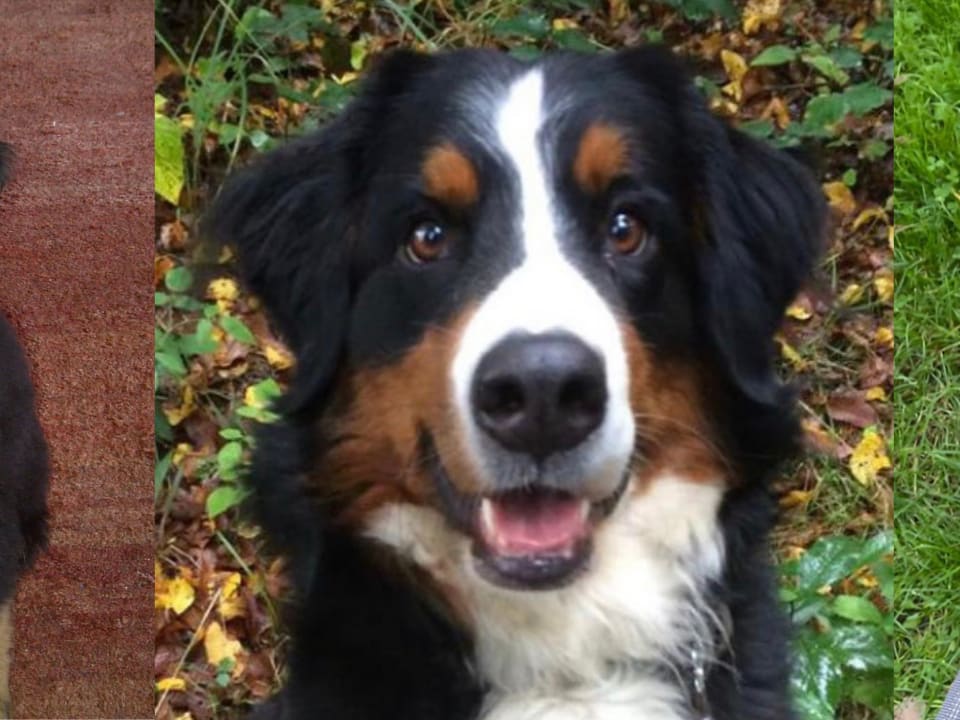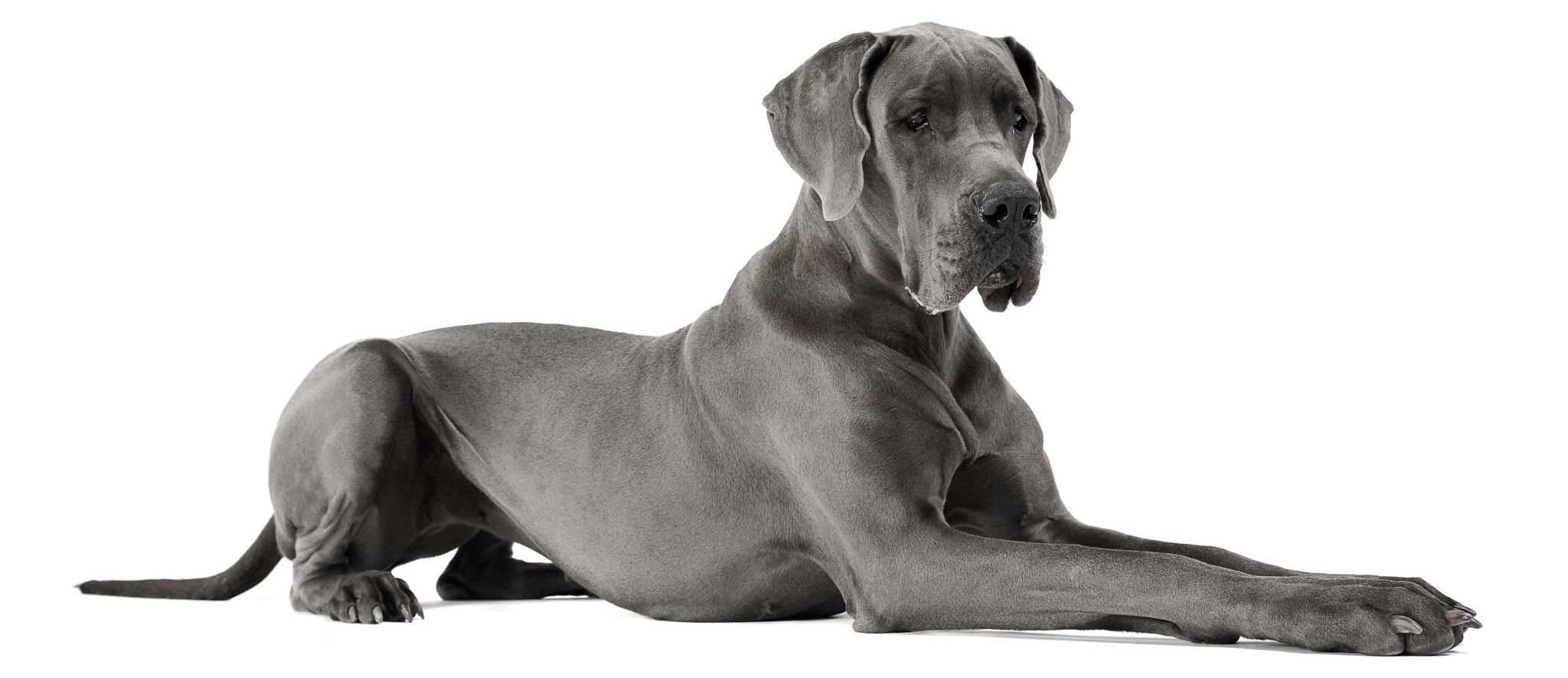If you’re considering adopting a Dachshund, look no further! We have all the information you need to make informed decisions regarding their care. We’ve included details about this breed’s physical characteristics, playtime needs, grooming tips, nutrition, and more. At the bottom of this guide, you will find a comprehensive list of all the health conditions we test for here at Embark, as well as recommendations for treatable diseases from our veterinarians.
Your Guide to Dachshunds

Dachshunds are known for their curious and spunky personalities, as well as for their innate cleverness. Many of their observable traits can be traced to their history as hunting companions. According to Dogtime.com, Dachshunds are scent hounds who were bred to hunt badgers and other tunneling animals, such as rabbits and foxes. These pups have maintained quite a bit of their
bravery and bark! Having a Dachshunds in your life will surely lead to many years of happiness, amusement, and joy.
Fun facts
Check out these fun facts from The American Kennel Club:
- “Dachshund” is a German word meaning “badger dog,” and the breed’s German history goes back some 600 years. As the breed name suggests, the Dachshund was developed to enthusiastically dig his way into a badger den and dispatch its occupant.
- The cleverness, courage, perseverance, and strength that are hallmarks of today’s Dachshund were first bred into his long-ago ancestors.
- Admitted to the AKC Stud Book in 1885, their popularity in America was immediate and enduring.
Physical characteristics

Dachshunds are bred with three coat varieties: smooth, long, and wire-haired, according to the AKC. They are shown in two sizes: standard and miniature. Low to ground, long in body and short of leg, with robust muscular development, the Dachshund has a keen nose and powerful bark. These pups can possess a myriad of colors and markings.
Bringing your new Dachshund home
Your Dachshund’s first few weeks at home will be easier if you maintain a consistent routine amid the disorientation of learning all about their new surroundings. Try keeping your pup’s feeding schedule and walks as invariable as possible, so your doggo will know what to expect every day. This will allow you both to adjust more quickly to life together!
If you are looking to adopt a Dachshund from an animal shelter or find a breeder, it’s important to look for breeders that can provide detailed health records for their puppies (and parents!) as well as genetic testing for health conditions. The Orthopedic Foundation for Animals (OFA) and their Canine Health Information Center (CHIC) maintains a voluntary database of Dachshunds and their health screening results.
Nutrition
Dachshunds are prone to obesity, and the AKC recommends a Dachshund not be allowed to become overweight. This is not only because of general health reasons, but also to avoid strain to the Dachshund’s long back, which can lead to slipped or ruptured (herniated) discs. If you have any questions or concerns about your dog’s diet or weight, talk to your vet about the right portion size, feeding schedule, and appropriate foods for your Dachshund.
Playtime

Despite their shape and size, Dachshunds are a very athletic breed! AnimalPlanet.com writes that most Dachshunds enjoy vigorous indoor games. While this might be enough to wear them out, their working dog minds will benefit from the mental stimulation of regular, moderate-length outdoor walks and sniffs. Remember, Dachshunds were bred to dig! It’s important to keep your Dachshund well-exercised indoors, or they might turn those paws on your potted plants, couch, or carpets. However, to avoid injury, take care to limit your Dachshund running up and down tall flights of stairs, or jumping on and off furniture.
Grooming
Regular brushing and nail trimming will benefit all Dachshunds, regardless of coat type. The AKC recommends two walks every day of moderate length. Because they are very social, Dachshunds don’t do well to spend an excessive amount of time outdoors in a yard or fenced-in area—they want to be with their humans!
Health & aging

According to Animal Planet, the Standard Dachshund can grow to between 11-32 pounds while the Miniature Dachshund usually stays under 11 pounds. Both types live an average of 12-16 years. Chewy.com cautions that Dachshunds have the potential to experience both environmental and genetic problems common to long-bodied dogs. Jumping, excessive stair-climbing, and other high-impact activities usually result in serious diseases and conditions of the vertebrae. These pups are also susceptible to the normal diseases that affect most aging dogs of all breeds, including changes to vision, health, hearing, sleep, and activity.
Getting your pup tested with Embark will arm you with as much information as possible to ensure your dog is healthy while potentially avoiding preventable diseases.
An Embark Dog DNA Test looks at the following health conditions in Dachshunds:
If you’d like to test your own pup with Embark, click here.













